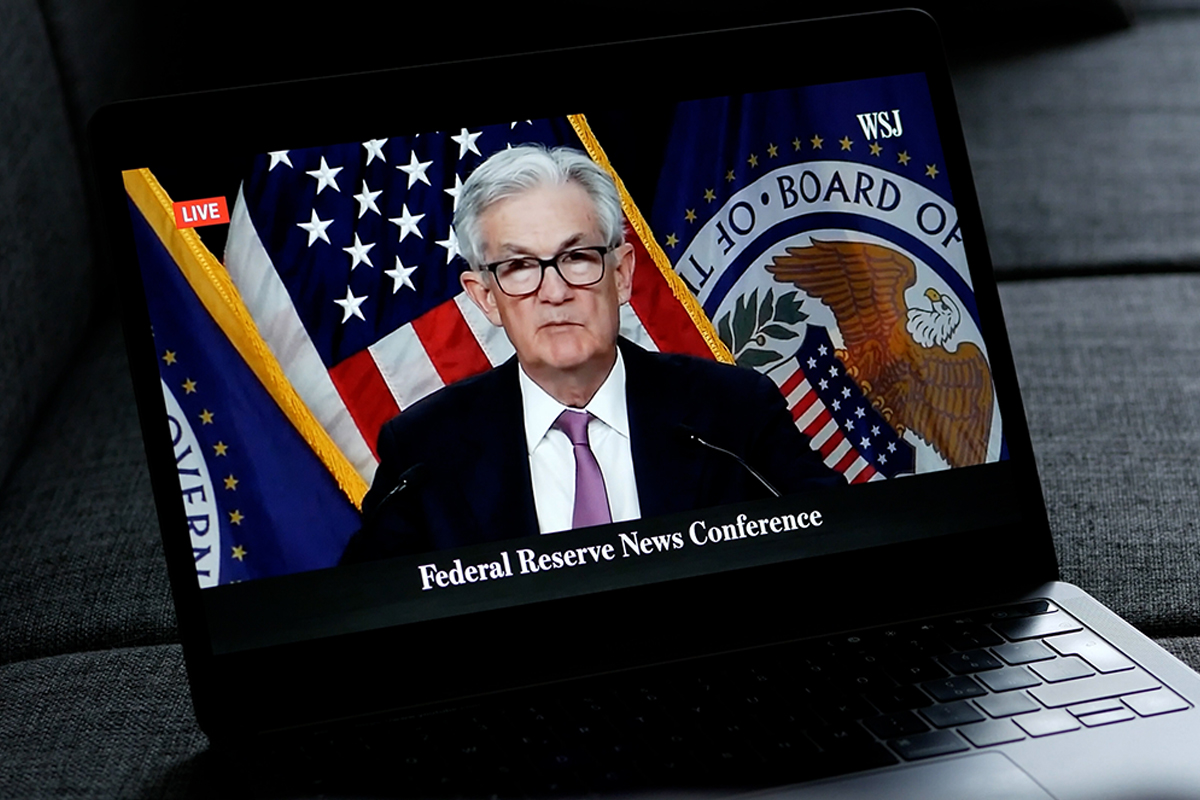In the dynamic world of finance, the Federal Reserve’s strategies on interest rates are a subject of keen analysis and speculation. Recent developments have highlighted a more cautious stance from the central bank, focusing on avoiding premature policy easing that could exacerbate inflationary pressures. This article delves into the Fed’s current posture, influenced by historical lessons and the economic indicators shaping its decisions. Through the lens of expert opinions and market data, we explore why the Fed will likely maintain its benchmark rate for the foreseeable future.
The Federal Reserve is signaling a departure from earlier expectations of aggressive rate cuts within the year, informed by a robust jobs report and an uptick in March’s consumer price index. This data suggests that inflation remains tenaciously high, prompting the Fed to adopt a wait-and-see approach. Consequently, market predictions for a June rate cut have dramatically shifted, with the CME’s FedWatch now indicating less than a 20% likelihood, a stark contrast from the nearly 80% chance forecasted just a month ago.
Chairman Jerome Powell’s remarks last month emphasized a “measured approach” to adjusting interest rates, considering the economy’s sustained growth and low unemployment levels. Powell’s commitment to maintaining the current federal funds rate range underscores the central bank’s prioritization of long-term stability over short-term relief.
Mark Higgins, a seasoned financial historian, warns of the dire consequences of prematurely easing monetary policy, drawing parallels with the Fed’s historical misjudgments that led to prolonged inflation in the 1970s and the Great Depression’s deepening in the 1930s. Higgins argues that the lessons learned from these eras are crucial in guiding the Fed’s current cautious stance.
Steven Eisman further supports the cautionary narrative, pointing out the Fed’s successful navigation towards a “soft landing” for the economy. With inflation showing signs of decreasing and the economy remaining robust, Eisman questions the rationale behind immediate rate cuts that could reignite inflationary trends. Powell himself has evoked the tough policies of former Fed Chair Paul Volcker as a cautionary tale against hasty policy relaxation, indicating a deep-seated concern over repeating past mistakes.
The Federal Reserve’s current approach to interest rates is a delicate balance between fostering economic growth and controlling inflation. Historical precedents, recent economic indicators, and expert analyses converge on a narrative of prudence and caution. As the Fed treads carefully to avoid reigniting inflationary pressures, the financial community watches closely, understanding that the path to economic stability is fraught with complex decisions and historical lessons. In navigating these challenges, the Fed’s measured stance offers a guiding principle: the importance of patience and precision in monetary policy.







